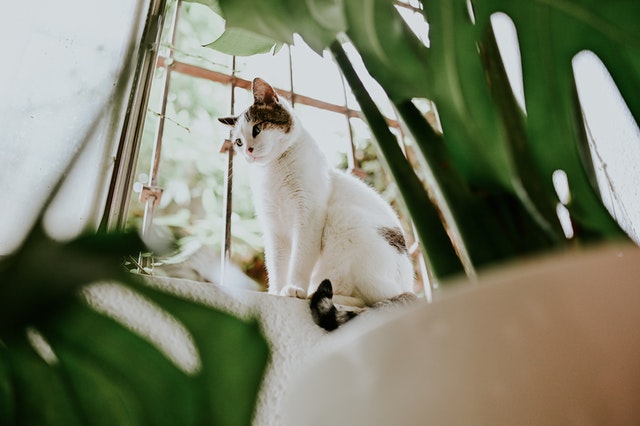Cutting your cat’s claws may seem to be an easy task. However, this technique might harm both you and your feline buddy if performed improperly.
Learning how to trim a cat’s claws is relatively simple, but doing the task might be difficult. It is vital to cut your cat’s nails despite the obstacles periodically. It prevents damage to your furnishings, maintains the cat’s health, and saves you money since you won’t have to groom your cat often.
Preparing to Cut Your Cat’s Claws
Cats may be picky creatures. To swiftly and effectively clip your cat’s claws, you must first acclimate him (or her) to having his feet handled. Start by rubbing your cat’s feet daily. If your older cat has never been used to being held in this way, it may take several weeks before he is calm enough for you to try to trim one or two claws.
Numerous cat nail trimmers are available for purchase. Unfortunately, those designed for canines are often too huge for your cat. If necessary, use a set for small dogs. You can also use human nail cutters, although they are not as effective as cat clippers. Whatever you choose, ensure the clippers are sharp. A set of dull clippers will crush the claw and may give your cat discomfort.
If you cut the nail too short, you’ll also need something to staunch the bleeding. A styptic pencil is practical, as are nitrate sticks and potassium permanganate. Local pet supply stores often carry at least one of these goods. If you lack any of them, a little dish of ordinary flour will suffice.
Before trimming your cat’s claws:
- Cover him in a towel or blanket, leaving just his head exposed. If he opposes having his nails trimmed, he will refrain from scratching you.
- Consider applying a single drop of peppermint oil to the cat’s head if the oil has a calming effect.
- Take a seat and grasp your kitty tightly.
- Release one paw from the cloth and prepare to clip a few claws.
Clipping Your Cat’s Claws
Hold the paw of the cat firmly in your hand. To make things simpler for yourself and more pleasant for your cat, Place your fingers on the bottom of the claw and maintain your thumb on top. Your cat will certainly wiggle, so hold on securely.
Apply gentle forward pressure to a single toe with your thumb. The claw will emerge from its sheath. Apply pressure until the whole paw is revealed. It protects you from severing the cat’s paw.
Examining the claw will reveal a faint pink center. It is known as the quick and is filled with blood. If you cut into the short, the cat will be injured and may start to bleed. You would do better not to miss the quick. If you accidentally cut them too short, use a styptic pencil or flour to staunch the bleeding. Dip the bleeding paw into the flour, or use the styptic pencil as directed by the manufacturer.
Cut the claw between the tip and the quick. Do this fast, so your cat does not get too agitated. If necessary, trim just one or two feet at a time, allowing your cat to relax between sessions. You may also try to trim your cat’s claws when he is sleeping, but he may get quite upset if he awakens during the operation. Therefore, it is only advised if your cat sleeps deeply.
In general, you should trim your cat’s front claws. Typically, the rear feet will wear down naturally and do not need pruning. However, the same approach applies if you want to trim the back nails. Trim your cat’s claws every four to six weeks for optimal results.

